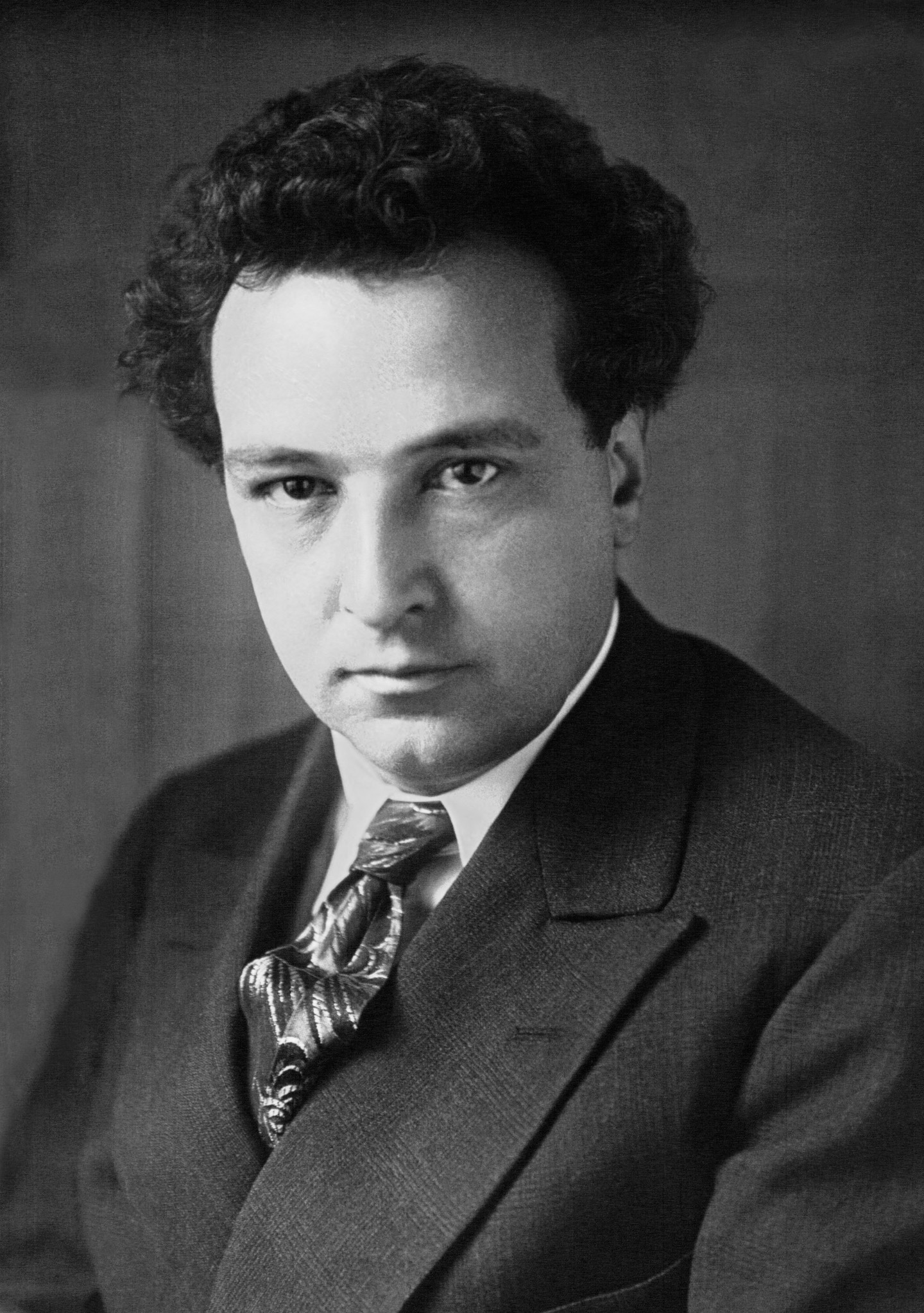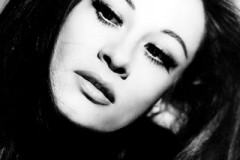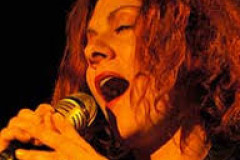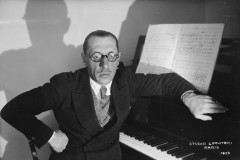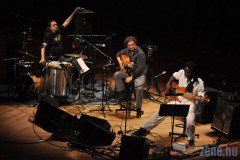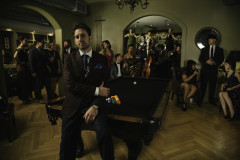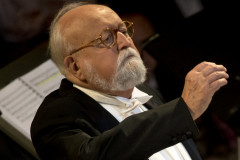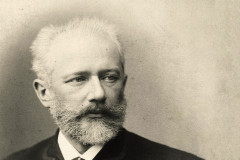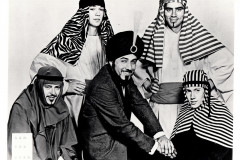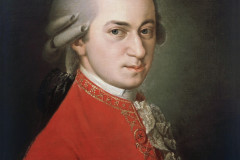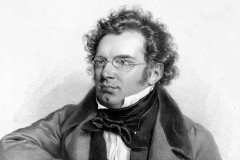Amikor a Ruben Brandt, a gyűjtő elején közeledik a vonat, hátborzongató zenét hallunk. Abból a pár hangból tipikus filmzenének hihetjük, pedig Arthur Honegger svájci zeneszerző klasszikus szerzeményéről van szó. A zenemű a Pacific 231 címet viseli, mégpedig egy vonat neve után. 1924-ben mutatták be a párizsi Operaházban. De hogy került a vonat az operába?
Vannak vonatőrültek, vannak zeneszerzők, és néha a kettő egybeesik. Arthur Honegger maga mondta, hogy szenvedélyesen szereti a vonatokat. („Nekem olyanok, mint az élőlények, és annyira szeretem őket, mint a nőket vagy a lovakat…”) Emiatt dönthetett úgy 1923-ban, hogy zenei eszközökkel visszaadja azt, ahogyan egy Pacific-gőzmozdony mozgásba lendül. Persze nem a mozdony sihuhúját akarta leutánozni, hanem zenébe fordítani azt a komplex élményt, amit a sebesség, az erő, a mozgásba rendülő hatalmas test jelentett számára.
Ez egy ún. programzenei ötlet. Programzenének nevezünk minden olyan hangszeres zeneművet, ami valamilyen külső, a zenétől független programot követ. Ilyen Muszorgszkijtól az Egy kiállítás képei, ahol a zene az egyes tételei konkrét festményekhez köthetőek. De Honegger célja az volt, hogy a Pacific 231 a vonatosditól függetlenül, ún. abszolút zeneként is hallgatható legyen.
A technika, haladás, sebesség szimbólumának tekintett vonatok és autók más művészeket is lenyűgöztek a 20. század elején, pl. a futuristákat. A Pacific-mozdonyok koruk legmodernebb és leggyorsabb mozdonyai voltak. Honegger rövid szimfonikus műve elején a vonat még áll, aztán mozgásba lendül, gyorsul, eléri a legmagasabb sebességet, majd lassul és megáll. Honegger érdekes ritmikai dolgot próbált ki az egyes szakaszokban: úgy érzékeltette a lassulást vagy gyorsulást, hogy nem a zene tempóját változtatta meg, hanem a hangok hosszát. Hallgasd meg te is a művet! Csak 6 perc, és nagyon izgalmas zene. Hallod benne a vonat gyorsulását-lassulását? És milyen érzések töltenek el, ha nem a vonatra gondolsz, hanem csak hagyod, hogy vigyen magával a zene?
Arthur Honegger – Pacific 231
At the beginning of Ruben Brandt, Collector, as the train approaches, we hear an eerie piece of music. With just a few notes, it sounds like classic film score material—yet it’s actually a classical composition by Swiss composer Arthur Honegger. The piece is titled Pacific 231, named after a type of steam locomotive, and it premiered at the Paris Opera House in 1924. But how did a train end up on the opera stage?
Some people are train fanatics. Some are composers. And sometimes, those two worlds overlap. Arthur Honegger himself said he was passionate about trains: “To me, they are like living beings, and I love them as I love women or horses…” That’s likely what inspired him, in 1923, to translate into music the feeling of a Pacific locomotive coming to life. But he wasn’t trying to mimic the choo-choo of a train. His aim was to express the complex, visceral experience of speed, power, and massive movement through music.
This is what's known as program music—instrumental music that follows an external narrative or idea. A famous example is Mussorgsky’s Pictures at an Exhibition, where each movement corresponds to a specific painting. Still, Honegger wanted Pacific 231 to work as absolute music too—music that could be appreciated without needing to know it’s “about” a train.
In the early 20th century, trains and cars—symbols of technology, progress, and speed—inspired many artists, especially the Futurists. Pacific-class locomotives were among the fastest and most advanced of their time. In Honegger’s brief symphonic piece, the train begins at a standstill, then slowly gathers momentum, accelerates to full speed, and finally decelerates and comes to a halt. One of his most fascinating techniques was to convey acceleration and deceleration not by changing tempo, but by altering the length of the musical notes.
Listen to the piece yourself—it’s only six minutes long, and it’s thrilling. Can you hear the train speeding up and slowing down? And what do you feel if you stop thinking of a train and just let the music carry you?






